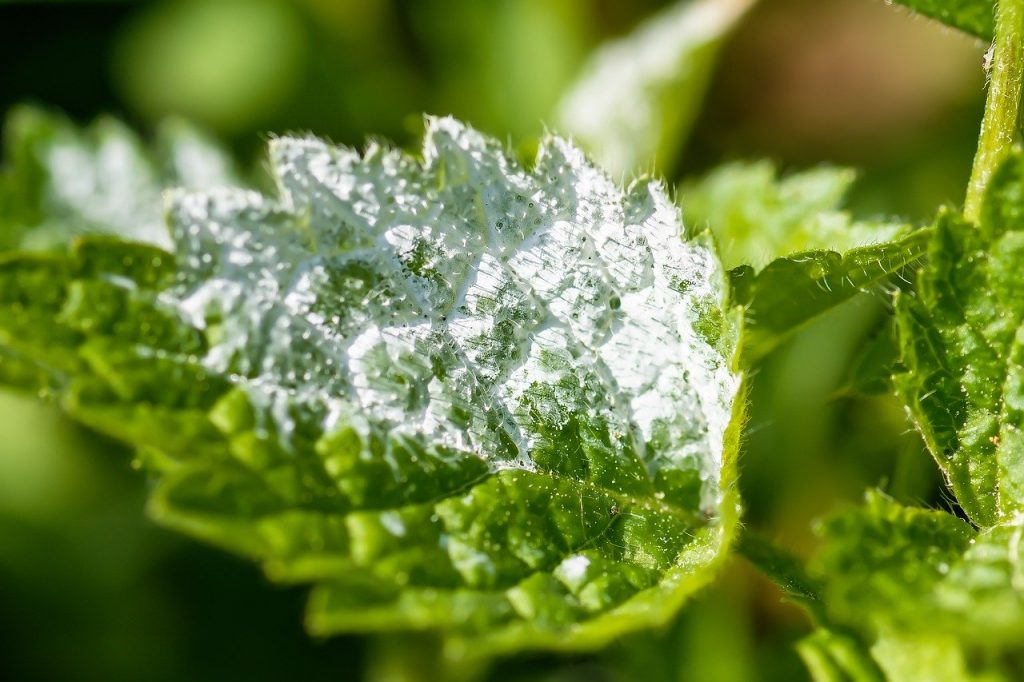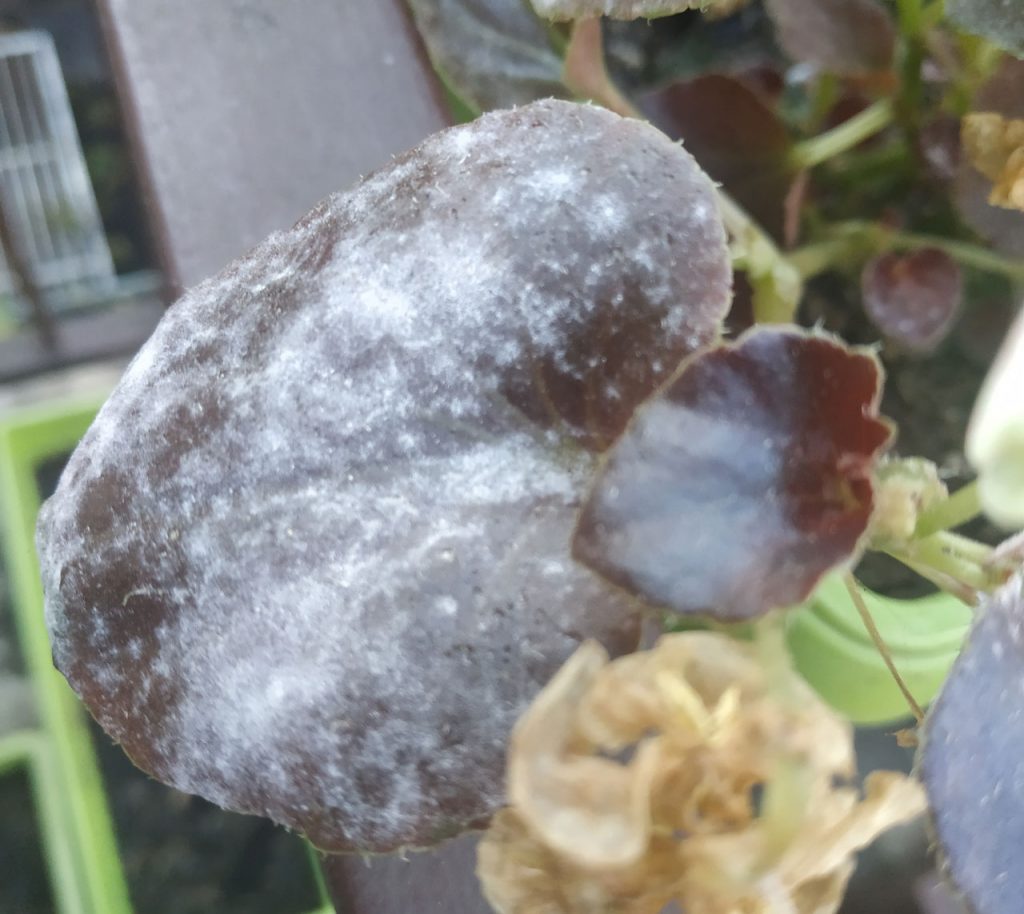When you plant a garden, diseases and fungi are a possibility you know you’ll have to deal with, but you definitely don’t expect them to give you sleepless nights. For most first-time gardeners, knowing exactly what is ailing the plants is not an easy fit, and when you aren’t sure what to do, you risk losing your plant, which will, in most cases, give you sleepless nights. To help you out, we have compiled a list of the most common plant diseases and how to treat them so you can quickly diagnose your plant and keep them looking fresh.
- Leaf spot
This is one of the most notorious plant diseases. It usually attacks trees and shrubs, weakening them by interrupting photosynthesis and manifests through wilting, curling leaves, discolored foliage, poor growth, and deformed leaves, flowers, and fruits. Although it’s common, leaf spot will not harm your plant, but that doesn’t mean you should watch it spread. Instead, start by raking fallen leaves to prevent re-infection, prune the trees and shrubs to increase light penetration and increase general air circulation. If your plants are crowded, space them and ensure they are not in a wet area as this promotes the disease.
During summer months, ensure you water your plants and that the soil around them is moist. Maintaining mulch around the plant is also a good idea but ensure the mulch is not mounded. If your plant, a tree, for instance, has lost leaves several years in a row, use fungicides.
- Powdery mildew

As the name suggests, powdery mildew leaves a powder-like substance on the leaves, stems, and flowers. They are usually a result of fungus infection and mostly affect lilacs, grapes, phlox, peas, cucumbers, and apples. It’s common to see them on roses and daisies as well. It takes a while to notice the infection since powdery mildew often starts under the leaves and works its way to the top.
Although the disease affects many plants, it’s hosts specific, so what’s ailing your lilac may differ from what’s on your roses. Luckily, this disease is rarely fatal, although it stresses the plant and makes it prone to other infections. To treat your plant from powdery mildew, use fungicides, especially those with potassium bicarbonate, copper, neem oil, or sulfur. You should also remove the infected part, e.g., a leaf, and don’t compost them. Wash your hands after to ensure you don’t spread the disease to other plants.

- Mosaic virus
This disease affects more than 150 types of plants, majorly fruits, veggies, and flowers. You slowly start to notice the leaves of your plants get a weird yellow, white, light, or dark green spot. Although there are many types of the virus, the most common is the tomato mosaic virus affecting tomatoes, lettuce, petunias, peppers, beets, cucumbers, and the tobacco mosaic virus which, obviously, affects tobacco.
Sadly, there is no cure for this virus. Once your plants are infected, you must uproot and discard them. The mosaic virus can leave in the soil for several years, so ensure you don’t plant susceptible plants in the infected area. If your land is not infected, prevention is crucial. Aphids and leafhoppers are known to spread the mosaic virus, so cover your plants with row cover or use aluminum foil mulches to keep the insects at bay.
- Bacterial blight
Also known as blossom blight or shoot blight, bacterial blight is one of the most dangerous plant diseases. It attacks cherries, plums, apples, walnuts, pears, tomatoes, potatoes, and lilac. Symptoms include a sudden and often severe yellowing, spotting, withering, browning, or drying of leaves, fruits, flowers, and plant stems. Sometimes, the entire plant suffers and dies. It’s typically caused by a fungus or bacterial infection, attacking the shoots and young plant tissues. Because fungal and bacterial infections are known to occur under cold, moist conditions, plants near wet areas are easily affected.
Destroy the infected plant and ensure you use disease-free seeds during planting. Also, practice crop rotation, have ample spacing and prune your crops. This helps reduce the likelihood of spread from plant to plant. If needed, use fungicides and antibiotics, but also practice proper sanitation.
- Plant rust
If you’ve ever seen rust on metal, you have an idea of how this disease looks on plants. Plant rust deforms plants with an orange, brow-red, or gold leaves, which weakens the plant. Rust is a fungal disease and usually attacks beans, lawns, tomatoes, daylilies, roses, snapdragons, and hollyhocks. Early on, symptoms include a white, slightly raised spots on the undersides of leaves and stems. Later, these white spots turn into a reddish-orange spot before they turn yellow and eventually black before the leaf drops.
For most plants, rust is cosmetic and doesn’t take much to control, so ensure you promote effective growing conditions as the first step. From there, pick any infected leaves and discard them, since using them as mulch will only spread the disease. Water your plants early in the morning and avoid using overhead sprinklers, so your plants have enough time to dry during the day. Organic fertilizer is most recommended but ensures it doesn’t have excess nitrogen. If the problem is too severe, apply copper or sulfur fungicides.
- Fusarium wilt
Fusarium wilt is a soil-borne pathogen that attacks edible and ornamental plants such as fruits and vegetables. Initially, you will see your plants wilt during the hottest part of the day but recover in the evening as if by magic. This should be the first sign that something is wrong. Eventually, the leaves will turn yellow before the full plant is infected and turns yellow as well.
Like the mosaic virus, home gardens have little to do once plants are infected other than uprooting and discarding. Ensure you don’t plant susceptible plants in the same area for at least five years once a spot is infected.
You may be unable to escape all plant diseases if you have a garden, but you can take preventative measures to ensure your plants aren’t attacked unnecessarily. Also, educating yourself with the right knowledge will help you identify diseases once they appear to take the proper action.
